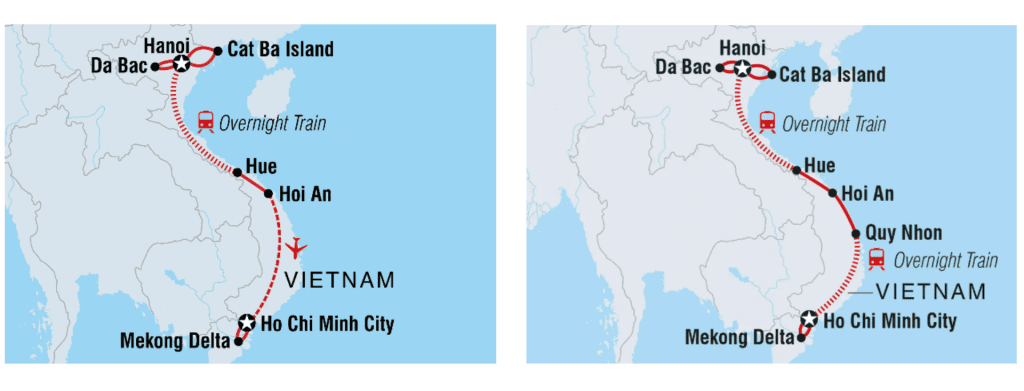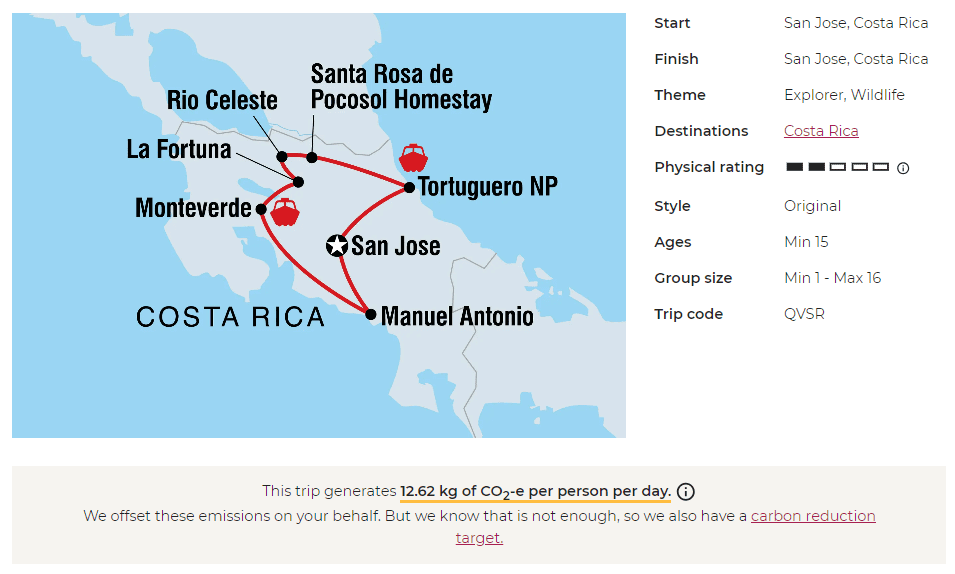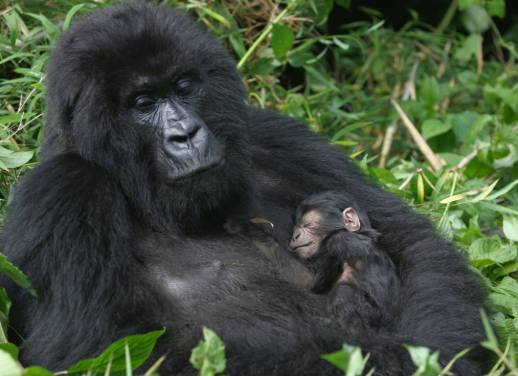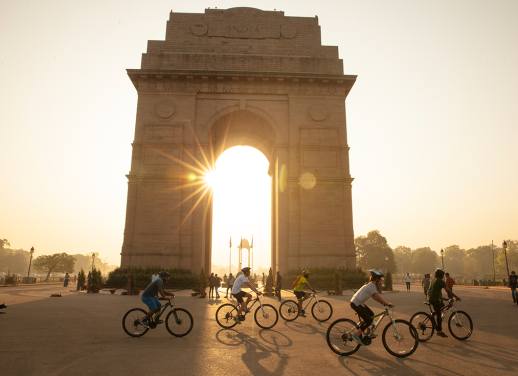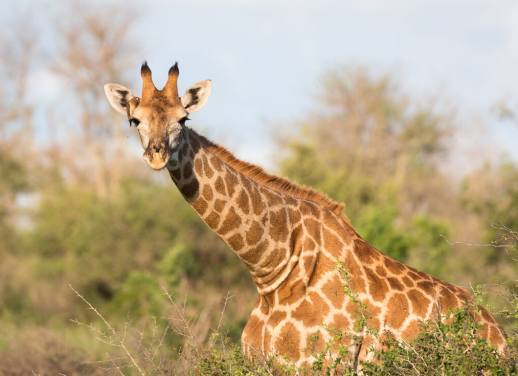Carbon offsets aren’t enough, so we’ve got our sights set on carbon reduction and transparency.
Though Intrepid has been carbon neutral since 2010, and to this day we carbon offset all our trips, we know that offsets alone are simply not enough. The fact remains that we generate thousands of tonnes of emissions each year that contribute to climate change. That’s why we have verifiable science-based targets, through the Science Based Targets initiative, to limit global warming to 1.5C in the next decade.
Having a target focuses our efforts on actively reducing our carbon emissions while ensuring we’re transparent around the environmental impact of the trips we run and our work to measure and mitigate that impact. Not only for the sake of the planet – though of course that’s at the heart of it – we also want to arm our travellers with the information you need to make informed choices.
We’re looking for ways to reduce our carbon emissions
One way we do that is by taking a long, hard look at our trips to measure our emissions and identify ways to cut them down. Perhaps not surprisingly, flights are a big source of emissions. For 2024, we’re removing 18 short-haul flight legs across 14 trips, which will affect 400 departures next year alone. By removing these flights, we’ll be keeping an estimated 4000 travellers out of the skies for those legs of their trip.
For example, on Scenic Vietnam and Vietnam Real Food Adventure, flights from Hoi An to Ho Chi Minh City will be replaced with a scenic drive to the seaside city of Quy Nhon (a new stop) followed by an overnight sleeper train to Ho Chi Minh City.
On Best of Turkey, a flight between Cappadocia and Istanbul will be removed, and beginning in 2024, groups will travel by road to Eskisehir (a new stop on the trip) and later onwards to Istanbul by rail.
It’s not always possible to find alternatives to flights, so when we investigate an itinerary for opportunities to lower emissions, we’re also considering the distance travelled, stops along the way, travel schedules, safety and costs of alternatives. Though we can’t remove all of the flights that remain on our itineraries, we’ve only just begun the work to investigate alternatives.
Every step to reduce emissions makes a difference
It goes beyond tweaking existing itineraries. In 2024, we’re also kicking off a brand-new Paris to Madrid by Rail trip that exclusively uses train travel. You can even add an optional extension to depart from London’s St Pancras Station.
We’re constantly looking for ways to reduce our emissions to meet our targets, even if it’s small steps. In Sri Lanka we’re using electric vehicles for airport transfers, and we were the first in the country to ever run a trip exclusively with electric vehicles for all transport.
Seven of our 50 offices internationally are also powered by renewable energy, including our office in Johannesburg, which recently shifted to 100 percent solar power. This shift not only cut its emissions but also addressed the impact of frequent outages in South Africa’s primarily coal-powered electrical grid. We’ve got sights set on making renewable power the standard across all offices by 2025, though that certainly doesn’t come without challenges.
Change takes time, and we estimate our emissions will grow this year and next before a reduction in 2025. You can read more about our progress on our sustainability efforts in our recent mid-year climate update.
We’ve added carbon labels to 500 trips
Measuring our emissions isn’t just something that helps us make internal decisions around how we run our trips, we also want to be transparent about the carbon footprint you’ll leave when you travel with us. This allows you to make informed decisions about how you travel and manage your own emissions. That’s why we recently added carbon labels to 500 of our trips, including over 100 top-selling tours.
These labels represent the emissions generated through the accommodation, transportation, food, activities, staffing and operations that go into each trip. A 15% contingency is also added to each trip’s emissions, to account for anything we may have unintentionally missed. The labels don’t account for a traveller’s flights to and from the trip, though many airlines and flight aggregators will provide this when you book.
Trips that rely more on public transit or human-powered transport and activities have lower emissions. On Classic Costa Rica, transport is by private vehicle and public transit, and travellers stay at a homestay in a quiet agricultural community, go on jungle hikes and visit the indigenous Maleuk community to share a traditional meal. The per-passenger daily footprint is 12.62 kg of CO2-e. By comparison, Best of Galapagos, which includes two necessary flights to/from the mainland, comes in at 77.99 kg of CO2-e per person per day.
Do these labels mean you should choose the Costa Rica trip? Well, no. Have you seen the Galapagos? Much like nutritional labels, our carbon labels provide information and don’t assign value to what you choose to do with that information. Your travel and food choices are up to you, but if you’re looking for ways to reduce your personal footprint, we’ve got some suggestions.
As Intrepid co-founder Darrell Wade told Adventure.com earlier this year, “While travel comes with significant costs, there are plenty of benefits to people getting out and experiencing other cultures, experimenting and exploring different corners of the world.”
One of those benefits may include a greater likelihood to take on a sense of stewardship of the planet you’ve been fortunate enough to explore.
Living your life every day involves carbon emissions. The goal is not to eliminate emissions entirely but rather to know what yours are and reduce and mitigate them where possible while still living a life full of adventure and joy. For those of us who love to travel, it’s a crucial consideration that should go into all our life’s adventures.
To learn more about Intrepid’s ongoing sustainability efforts, read our mid-2023 climate update.


